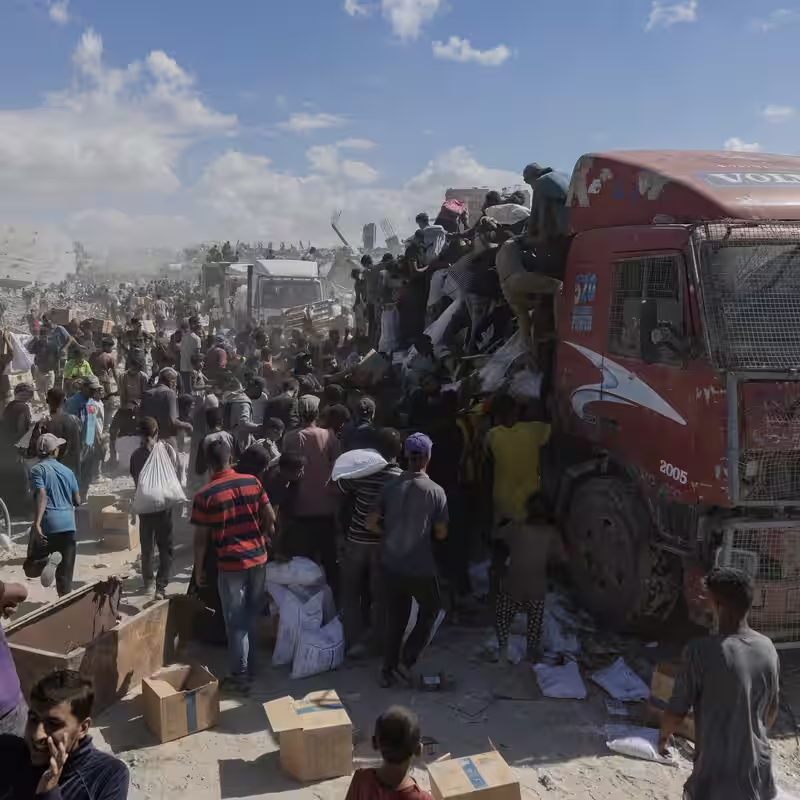Gaza Aid delivery has seen “real progress” in the days following the latest cease-fire agreement between Israel and Hamas, the United Nations announced Sunday. For a population battered by months of conflict and near-total blockade of essential supplies, the development offers a glimmer of hope amid one of the worst humanitarian crises in recent history.
What’s Changed on the Ground?
According to the U.N.’s Office for the Coordination of Humanitarian Affairs (OCHA), the easing of movement and access restrictions across multiple entry points into Gaza has enabled a significant uptick in aid deliveries. On Sunday alone, convoys brought in critical supplies including:
- Cooking oil — the first shipment since March
- Tents for displaced families
- Flour and frozen meat
- Fresh fruit and essential medicines
“Our operations are well underway,” the agency confirmed in a statement, adding that hundreds of thousands of hot meals and bread bundles have already been distributed across both northern and southern Gaza.
Gaza Aid: From Famine to Fragile Relief
The urgency of this aid cannot be overstated. A U.N.-backed panel of food security experts recently declared that parts of Gaza are officially experiencing famine conditions—a rare and alarming designation. Tom Fletcher, the U.N.’s top humanitarian official, said nearly the entire population of 2.3 million now depends on food assistance, with half a million people requiring urgent medical treatment for malnutrition and starvation-related illnesses.
For months, humanitarian groups have accused Israeli authorities of imposing excessive restrictions on what can enter Gaza, slowing or blocking life-saving aid. Israel has denied these claims, asserting that sufficient food has been allowed in—but alleging, without verifiable evidence, that Hamas systematically diverts aid.
60-Day Emergency Plan Unfolds
Under the terms of the cease-fire, the U.N. has launched a 60-day emergency response plan to stabilize conditions in Gaza. Key components include:
| Initiative | Goal |
|---|---|
| Daily aid convoys | Hundreds of trucks delivering food, water, and medicine |
| Shelter expansion | Distribute tents and repair damaged housing ahead of winter |
| Healthcare restoration | Deploy emergency medical teams and reopen clinics |
| Infrastructure repair | Restore clean water, sewage systems, and garbage collection |
Israeli authorities have reportedly granted approval for additional aid shipments covering water, shelter materials, and medical supplies—critical steps toward preventing a deeper public health catastrophe.
Challenges Remain Despite Progress
While the recent developments mark a turning point, aid workers caution that the situation remains precarious. Distribution inside Gaza is hampered by destroyed roads, fuel shortages, and ongoing security concerns. Moreover, the cease-fire itself is fragile, and any resumption of hostilities could halt aid operations instantly.
“This is not the end of the crisis—it’s the beginning of recovery,” said one U.N. logistics coordinator on the ground, speaking anonymously due to security protocols.
Why This Matters Globally
The Gaza aid breakthrough is being closely watched by governments and humanitarian organizations worldwide. It demonstrates that even in the most entrenched conflicts, diplomatic agreements can create openings for life-saving intervention. But sustained access—and political will—are needed to turn “real progress” into lasting relief.




